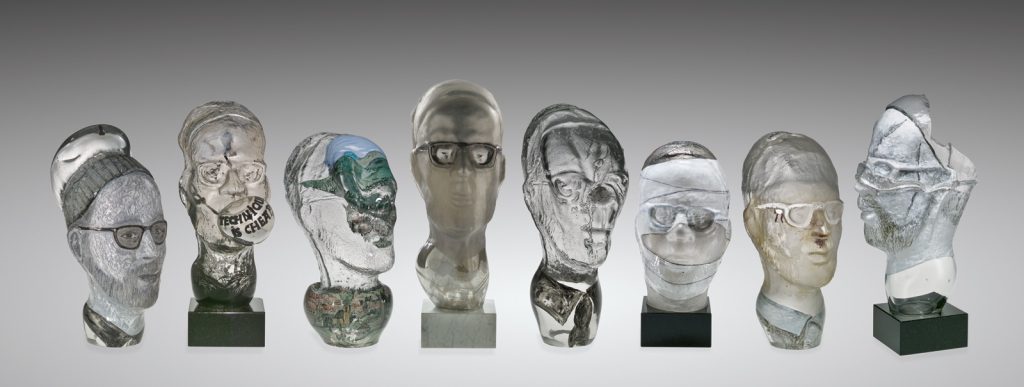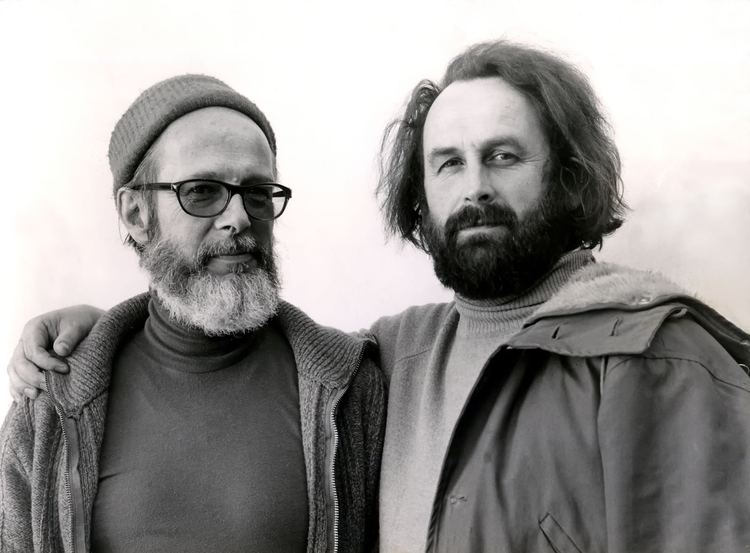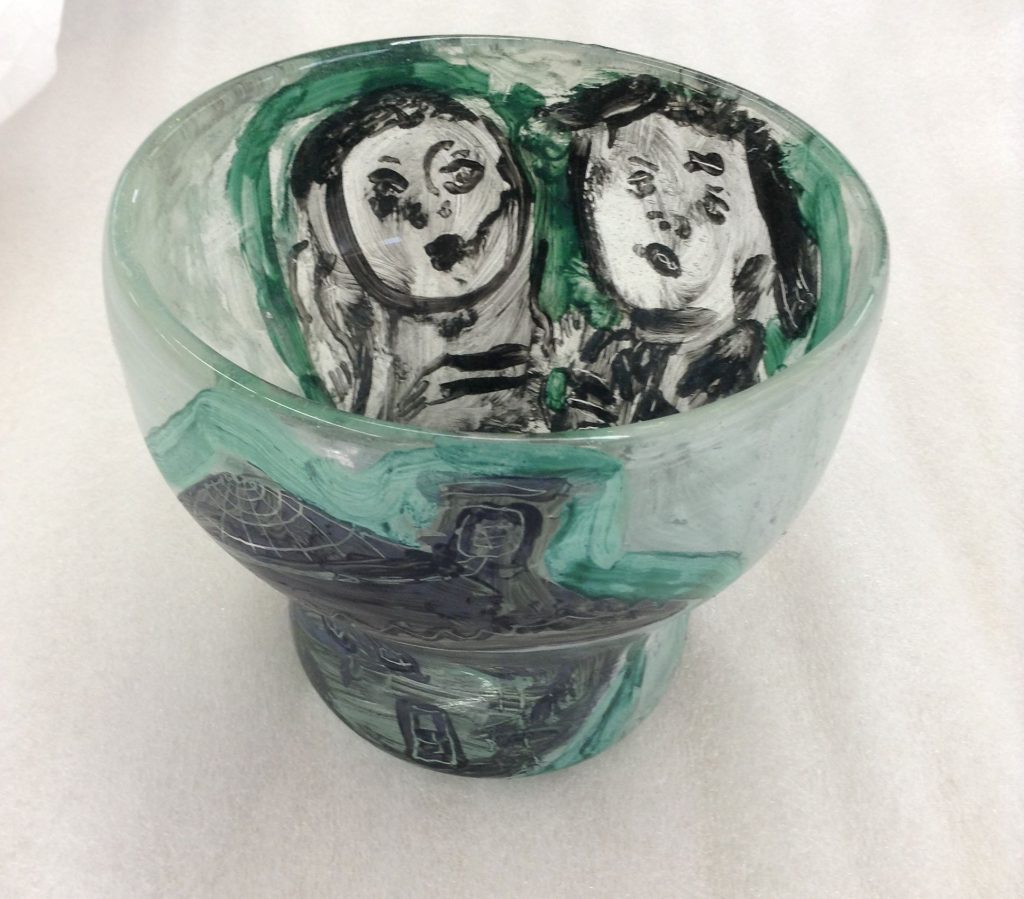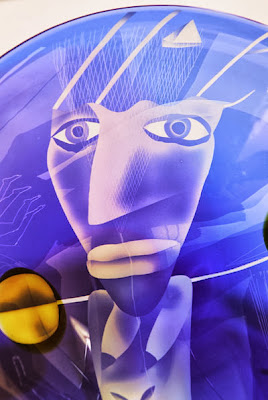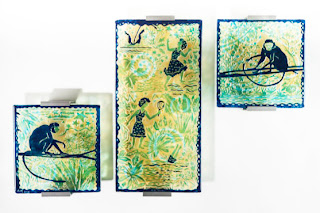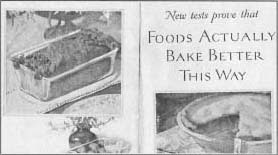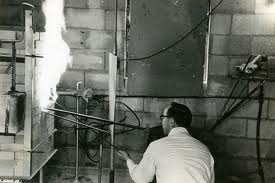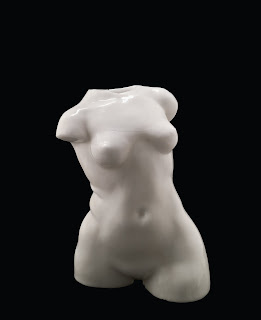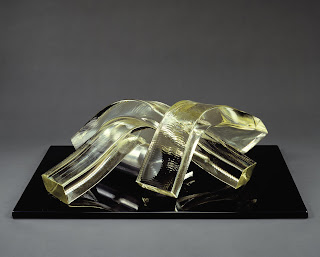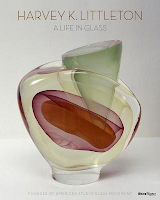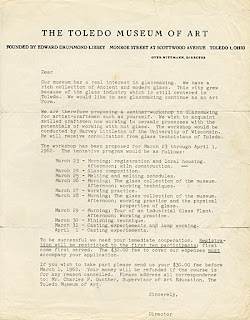>A highlight every fall, the 25th Annual Washington Craft Show comes to Washington, D.C.‘s Convention Center November 16-18.
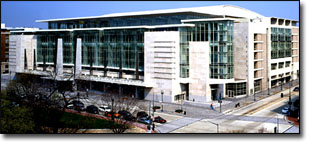 |
| Washington DC Convention Center |
This premier showcase of contemporary craft in Americais nationally recognized for presenting masterful work, designed and made in artists’ studios across America. If you’re an avid collector, or you simply appreciate quality and beauty, this is your chance to view and purchase the latest works by nearly 200 of the nation’s top contemporary craft artists. Come meet the people who create the art and hear their stories of inspiration. All weekend there will be additional happenings to enjoy; special exhibitions, artist’s talks and fashion shows. Included with admission to the show:
SPECIAL GLASS EXHIBIT
In celebration of the 50th anniversary of studio art glass, the Washington Craft Show has provided the Maurine Littleton Gallery with an 800 square-foot space to illustrate the history of glass. The exhibit will feature work from Harvey K. Littleton, the founder of the American glass movement, and next generation artists Dale Chihuly, Fritz Dreisbach, Michael Janis, Allegra Marquart, Joel Myers, Ginny Ruffner, Therman Statom, Tim Tate, Erwin Timmers, Sean Hennessey and more. Maurine Littleton is the daughter of Harvey K. Littleton.
 |
| “A Life In Glass” |
MEET THE AUTHOR
FRIDAY, NOVEMBER 16 5PM- 8PM & SATURDAY, NOVEMBER 17 NOON-3PM
Book signings by art professor and author Joan Falconer Byrd: Harvey K. Littleton: A Life in Glass (Rizzoli, 2012). A member of Harvey Littleton’s first glassblowing class at the University of Wisconsin in 1962, Byrd is the author of numerous essays and articles on glass and ceramics.
On Saturday, Professor Byrd will sign copies of her book following a joint lecture with Maurine Littleton (start time 11a.m.). Book signings both days will take place in the Maurine Littleton Special Exhibit space.
DAILY SCREENINGS OF “A NOT SO STILL LIFE” THE GINNY RUFFNER STORY
Recipient of Golden Space Needle as the Audience Choice Award for Best Documentary, Seattle International Film Festival. Seattle artist Ginny Ruffner is best known for a pair of remarkable accomplishments: her well-regarded body of “lampworking” glass art and her miraculous, self-willed recovery from a near-fatal car crash that rendered her unable to walk or talk. These stories and dozens of others are illuminated from the inside in Karen Stanton’s moving and inspiring documentary.

FRIDAY, NOV. 16 – 5PM • SATURDAY, NOV.17 – 5PM • SUNDAY, NOV. 18 – 10 AM
“There’s more to Ruffner’s story than art, glorious as it is: “A Not So Still Life” is also an inspiring tale of rehabilitation and recovery.” ~ Moira MacDonald, Seattle Times. Run time 84 minutes.
WEEKEND LECTURE SERIES
Our Weekend Lecture Series provides unique opportunities for show visitors to hear from leaders in the field of Fine Craft. The lectures are educational, informative and interactive. This year’s lineup includes a gallery owner, author, museum curator, and an artist.
FRIDAY, NOVEMBER 16, 11 AM
“Contemporary Textile Art – Past, Present, and Future”
Rebecca A.T. Stevens, Consulting Curator, Contemporary Textiles, The Textile Museum
Katy Clune, Communications Manager, The Textile Museum
SATURDAY, NOVEMBER 17, 11 AM
“The Life and Work of Harvey K. Littleton”
Maureen Littleton and Joan Falconer Byrd: Moderator: Elizabeth Blair, senior producer NPR (Morning Edition, All Things Considered)
 |
| Sean Hennessey “That Worlds Unseen Surround the World We Know“ |
IF YOU GO
Friday, November 16 • 10am-8pm
Saturday, November 17 • 10am-6pm
Sunday, November 18 • 11am-5pm (note: Screening of “A Not So Still Life” will begin at 10am in a room adjacent to the show floor. See box office attendant.)
Tickets $15 / seniors $14 / under 12 free with paid adult
Group discounts for 10 or more: $10 ea.
Friday after 6pm: $6
Washington Convention Center
801 Mt. Vernon Place NW
Washington, DC 20001
